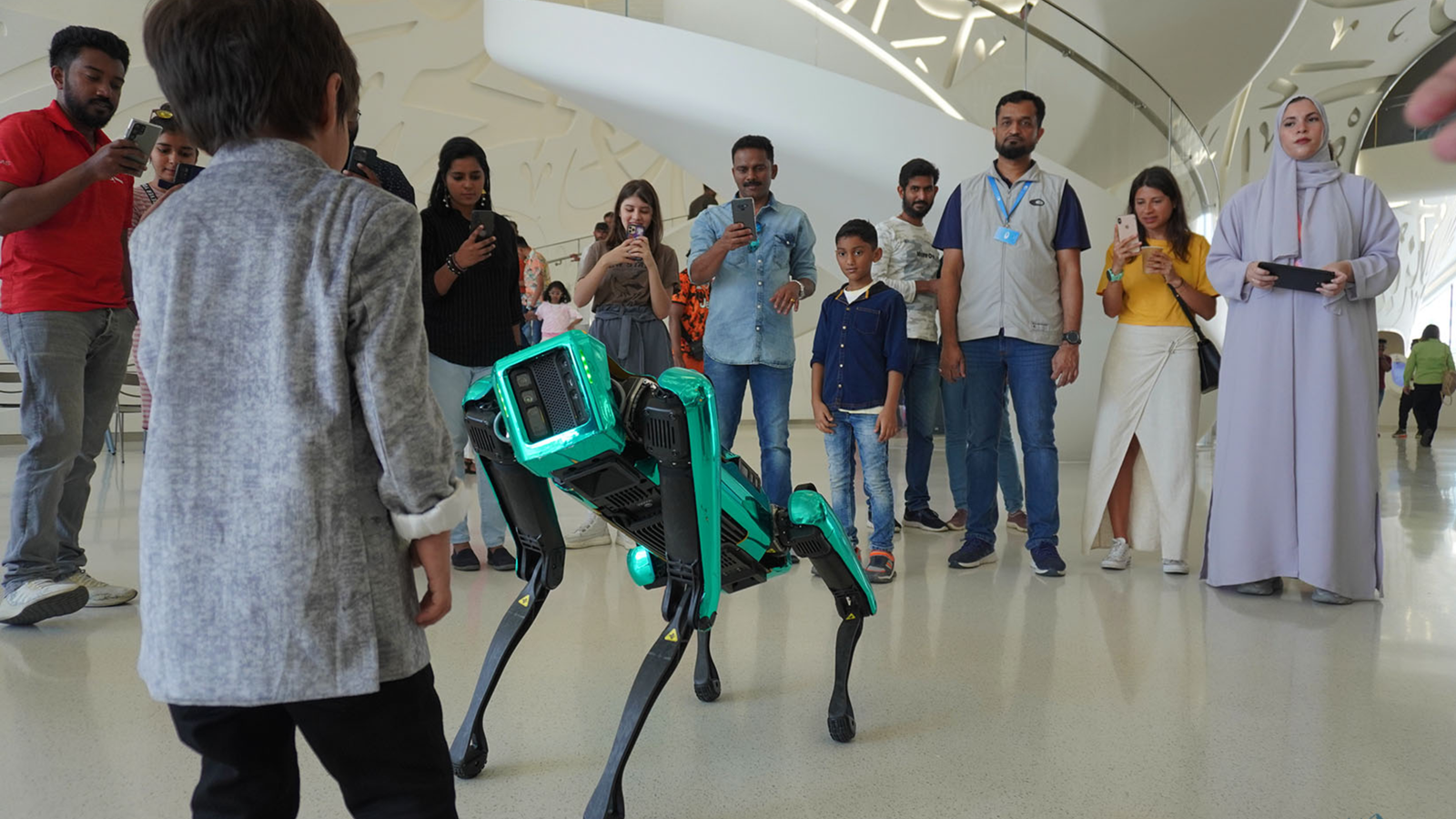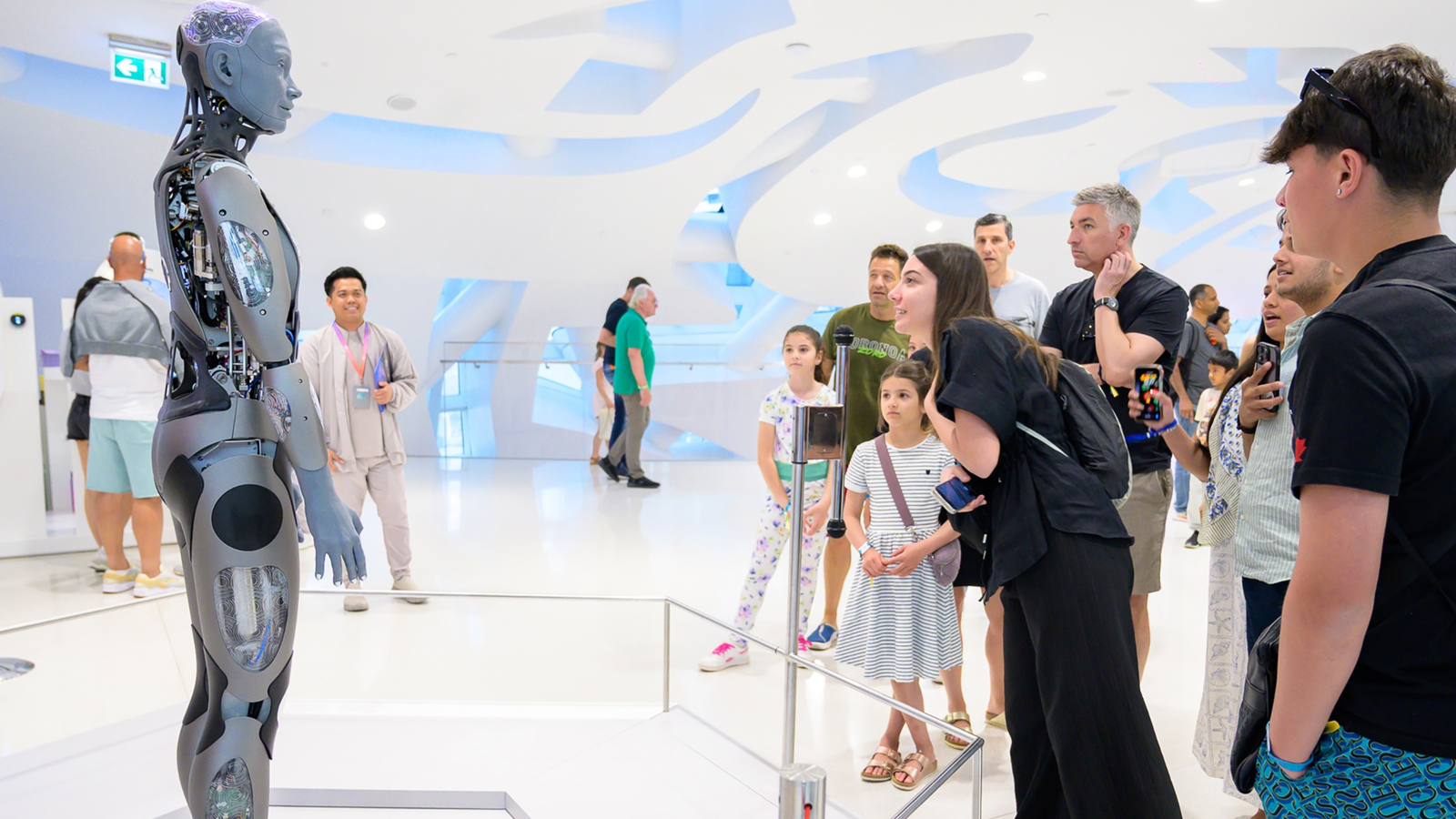Robots in Museums
Why Museums Should Have Robots
1️⃣ Enhanced Visitor Engagement
- Robots can act as interactive guides, explaining exhibits, artifacts, or artwork in multiple languages.
- They can answer visitor questions in real time, making the learning experience more immersive.
- Robots can use touchscreens, voice, or even holograms to make education more engaging for kids and adults alike.
2️⃣ Multilingual Support & Accessibility
- Museums often attract international tourists. Robots provide seamless multilingual assistance, making every visitor feel included.
- Can also assist people with disabilities (e.g., guiding visually impaired visitors with voice navigation).
3️⃣ Unique & Memorable Experience
- Visitors will remember a museum where they interacted with a robot, boosting word-of-mouth promotion and social media buzz.
- Robots create a “wow factor,” especially for younger audiences, blending technology with culture.
4️⃣ Efficiency & Staff Support
- Robots can handle basic inquiries (ticket info, restroom directions, opening hours), allowing staff to focus on curatorial or complex visitor needs.
- They can guide visitors through specific exhibitions, reducing crowding and improving flow.
5️⃣ Education Beyond Exhibits
- Robots can deliver fun quizzes, storytelling, or gamified learning to engage school groups and families.
- They can connect with museum apps, AR/VR, or digital displays to create interactive learning journeys.
Museum Areas Where Robots Add Value
Entrance & Ticketing Zone
- Greeting visitors, providing ticketing information, guiding to exhibition halls.
Exhibition Galleries
- Acting as smart tour guides, narrating the story of exhibits in multiple languages.
Children’s Learning Zones
- Running interactive educational games, storytelling, or quizzes
Cafeteria & Retail Shop
- Service robots delivering food or assisting with purchases.
Events & Special Exhibitions
- Robots welcoming VIP guests, media, or school groups.




